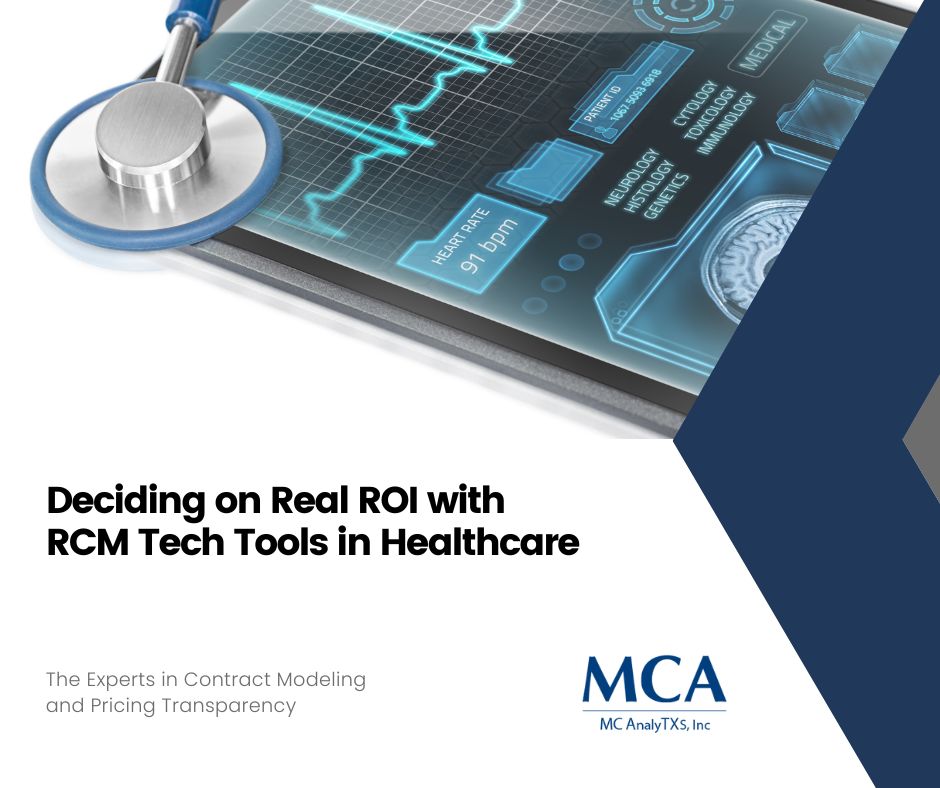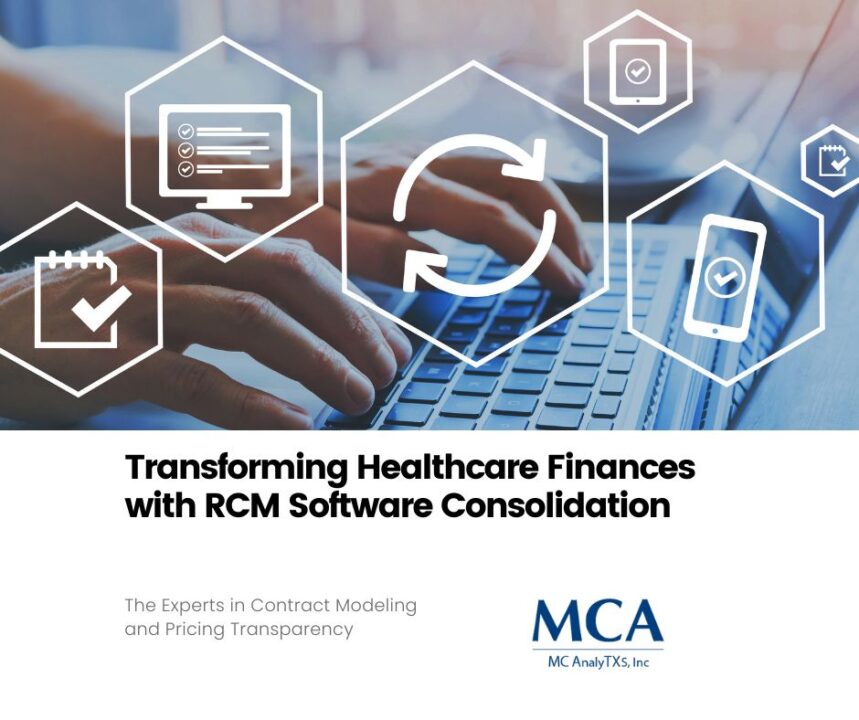
Modernizing Revenue Cycle Management (RCM) in Healthcare
March 21, 2024
Mastering the Back-End Revenue Cycle: Key Best Practices
March 25, 2024In the fast-paced world of healthcare, staying financially agile is not just a best practice—it’s a necessity for long-term sustainable growth. Revenue Cycle Management (RCM) technology is at the forefront of this crucial financial management strategy, and healthcare professionals and finance officers are often faced with a buffet of tech tools promising revolutionary ROI. But, how do you sift through the marketing jargon and identify which solutions will truly deliver the promised returns?
Introduction
Healthcare’s financial landscape is intricate, shaped by complex regulatory frameworks, evolving patient payment behaviors, and the demands of an increasingly digital marketplace. The adoption of RCM tech tools is seen as a silver bullet solution to the sector’s many revenue-related challenges. Tools range from AI-driven billing and predictive analytics to patient engagement platforms and everything in between.
Yet, despite the wealth of solutions on offer, not all tech tools will yield the same level of benefits. This post is designed to equip you with the critical evaluation framework needed to discern the real ROI from the hyperbole, steering your organization towards smart investments that provide tangible value.
Understanding RCM Tech Tools
Before we can discuss determining ROI, it is crucial to understand what RCM tech tools entail and why they are vital. RCM technology encompasses any software or platform designed to streamline the financial aspects of a healthcare organization, from patient registration to the final payment collection.
These tools aim to:
- Improve productivity and accuracy in billing processes
- Accelerate claims processing and reimbursement
- Enhance patient engagement and satisfaction
- Provide comprehensive financial reporting and analysis
The importance of these functions cannot be overstated. Healthcare is as much a business as it is a service, and efficient RCM is the financial heartbeat that supports the wellness of the entire operation.
Factors to Consider for Real ROI
Adopting RCM tech entails a significant investment, so it’s essential to consider several factors to ensure that the ROI is substantial and sustainable.
Cost vs. Benefits Analysis
The most straightforward way to evaluate ROI is to undertake a comprehensive cost-benefit analysis (CBA) for the potential RCM tool. This involves quantifying all costs, including initial software and implementation costs, as well as ongoing maintenance, and comparing it to the expected benefits derived from increased revenue, reduced operational expenses, and improved efficiency.
Customization and Scalability
No two healthcare organizations are the same, and as a result, RCM tools must be highly customizable to align with specific workflows and requirements. Scalability is equally important; the chosen tool should have the flexibility to adapt as your organization grows or when regulations change.
Integration with Existing Systems
RCM tech tools cannot operate in isolation. Seamless integration with existing Electronic Health Records (EHR) and other financial systems is non-negotiable. The lack of integration can lead to inefficiencies, data silos, and increased administrative burdens, ultimately undermining ROI.
Training and Support
The success of any RCM tool depends on its effective use. Inadequate training and support can result in low adoption rates, errors, and underutilization, negating the potential for ROI. Consider the availability and quality of training resources provided by the vendor and the level of support offered post-implementation.
Common Pitfalls to Avoid
The road to realizing ROI is fraught with potential pitfalls. By being aware of these common issues, you can take proactive measures to avoid them and ensure the success of your RCM investment.
Overlooking Hidden Costs
The initial price tag of an RCM tool is just the tip of the iceberg. Hidden costs can include additional hardware expenses, overtime pay for staff involved in the transition, and productivity losses during implementation. A meticulous cost analysis that accounts for these potential fees is vital.
Ignoring User Feedback
Your organization’s stakeholders, especially those interacting directly with the RCM tool, often provide valuable insights that can shape or influence the ROI. Regularly gathering user feedback and incorporating it into your management strategy can lead to smoother operations and higher efficiencies, ultimately supporting ROI.
Lack of Monitoring and Adjustment
The healthcare industry is dynamic, and so are the factors that impact ROI. Implementing an RCM tool is not a set-it-and-forget-it endeavor. Continuous monitoring, analysis, and adjustment are necessary to ensure that the system is optimized for changing needs and environments.
Conclusion
The decision to invest in an RCM tech tool is not one to be taken lightly. By conducting a rigorous evaluation based on cost-benefit analysis, customization and scalability, system integration, and user training and support, healthcare organizations can make informed decisions that lead to genuine ROI.
Every dollar spent on RCM technology should be viewed as an investment in the financial health of the organization. When approached with diligence and a discerning eye, these investments can yield significant returns, positioning your organization as a leader in delivering quality healthcare while maintaining a robust bottom line. Remember, the true test of any RCM tech tool is not in the promises it makes, but in the measurable and sustainable gains it delivers over time.





